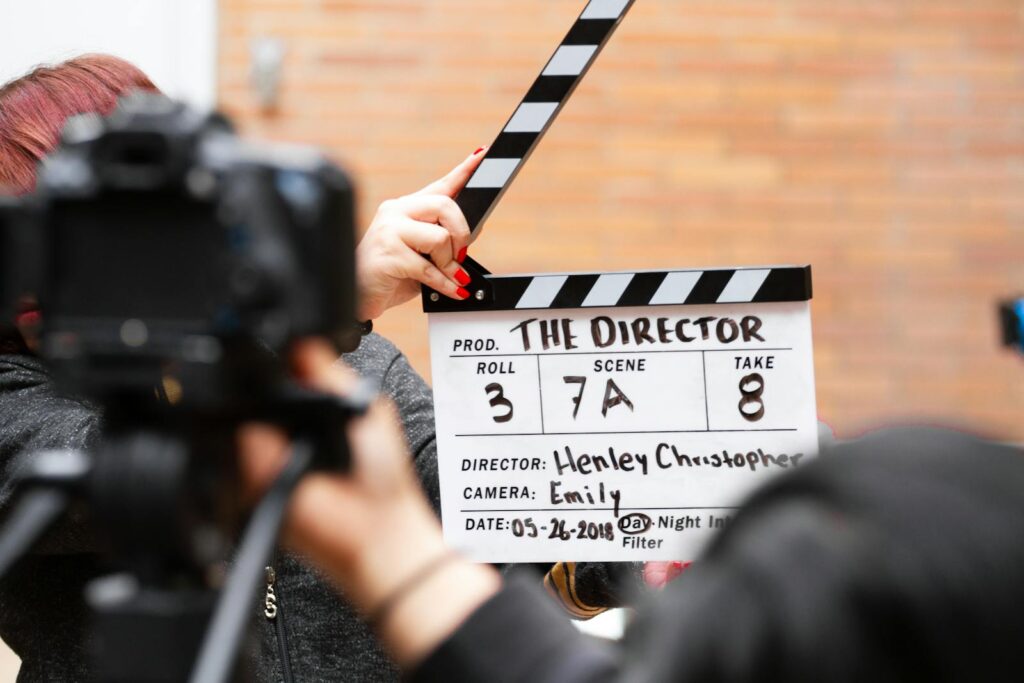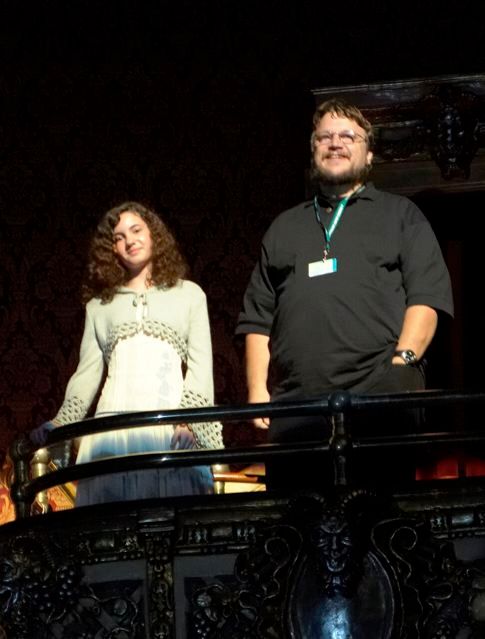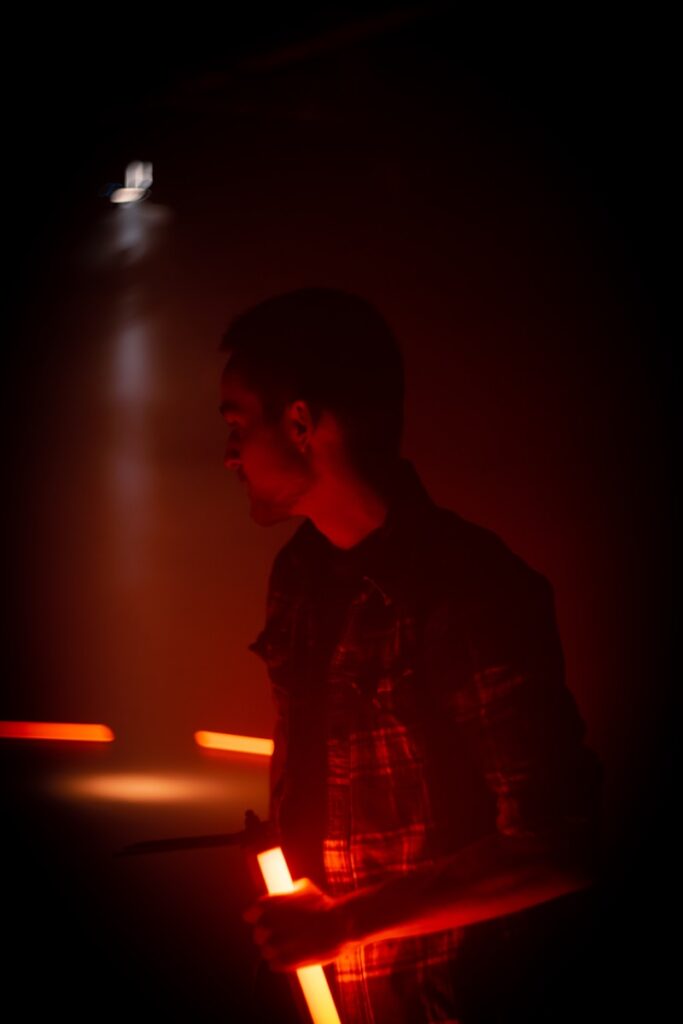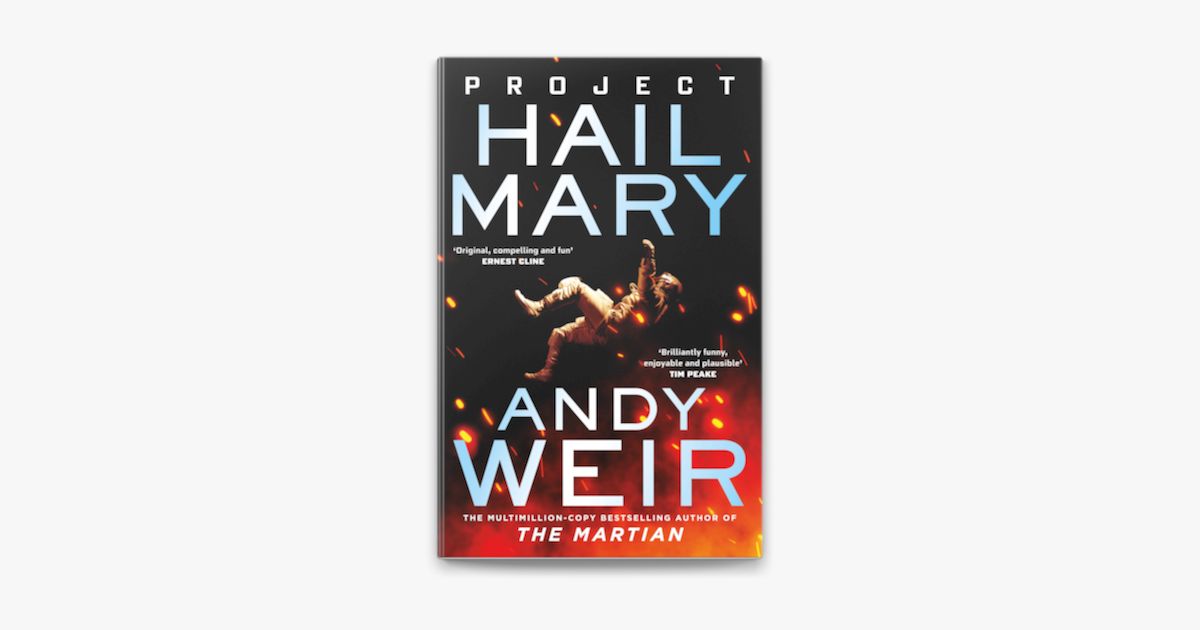
Ever sat down for a movie, grabbed your popcorn, and then BAM! Within the first few minutes, you’re utterly, completely, irrevocably hooked? It’s that magical moment when the screen lights up, and the world outside just… disappears. You know the feeling, right? That rare cinematic magic trick where a film doesn’t just start, it *launches* itself into your brain, making you forget all about your phone, your to-do list, and basically, reality itself. We’re talking about those legendary opening sequences that don’t just set the stage; they drop a nuclear bomb of intrigue, suspense, or pure genius right into your lap.
These aren’t just pretty pictures fading in from black. Oh no, these are meticulously crafted experiences, designed by visionary filmmakers to grab your attention almost as soon as that first image appears. They are so arresting, so perfectly formed, that they don’t just carry us through the opening credits; they pull us headfirst into the entire narrative, foreshadowing themes and character arcs with an almost spooky precision. It’s like a cinematic handshake that says, “Welcome, buckle up, you’re in for a wild ride.” And honestly, who doesn’t love a good wild ride, especially when it starts with such an epic bang?
So, get ready to dive into some serious cinematic wizardry! We’ve rounded up seven films that absolutely crush it in the opening minutes, proving that you don’t need a whole act to make a lasting impression. From mind-bending ambiguity to heart-pounding suspense, these movies set the bar incredibly high from the get-go. Prepare to have your perception of what an opening scene can achieve completely transformed, because these filmmakers are truly next-level. Let’s get into it!

1. **Cache**First up, let’s talk about Michael Haneke’s ‘Cache,’ a film that truly redefines how an opening shot can mess with your mind and perfectly encapsulate the entire experience to come. The initial mise-en-scene is a masterclass in ambiguity, mirroring the plot’s own perplexing nature right from the get-go. You’re watching a seemingly normal street, the camera fixed on a house that you eventually realize belongs to the main characters. It feels like a simple, observational shot, perhaps a classic cinematic establishing moment, but Haneke is already playing tricks on us, and we don’t even know it yet.
What makes this opening truly genius is the way it deceives the audience. Initially, you might think it’s a POV shot, as if *you* are the one watching this house. But then, a subtle, chilling reveal: this isn’t real-time surveillance, it’s actually the tape that has been sent to the main characters. The credits rolling over this shot lull the audience into a false sense of security, making us relax, believing it’s just a standard setup. This very deception is cleverly mirrored by the film’s closing shot, which *also* seems to offer an answer to the central question but keeps us guessing, leaving us utterly unsettled.
Beyond the technical brilliance, the opening of ‘Cache’ immediately plunges us into the film’s profound theme of privacy. This seemingly innocuous tape, devoid of any explicit threats, still triggers intense nervousness in the protagonists. It’s a brilliant suggestion of how a simple invasion of privacy can lead to a downward spiral, fueled by paranoia and hidden anxieties. Haneke masterfully uses this single shot to reveal that the scariest things often come from our own minds, highlighting that the tapes’ senders never ask for anything, nor do they explicitly threaten, yet the characters unravel completely. It’s a psychological thriller that starts with a whisper and leaves you screaming internally, all thanks to its opening gambit.
Read more about: The Undeniable Rise: 12 Vintage Cars That Have Skyrocketed to 10x Their Original Value

2. **Touch of Evil (1998 Version)**Next up, prepare to be absolutely riveted by the opening of the 1998 version of Orson Welles’ ‘Touch of Evil.’ This isn’t just any old film opening; it’s a legendary, uninterrupted tracking shot that practically defines cinematic suspense, a concept Alfred Hitchcock himself would applaud. Welles, a true maestro of the craft, pulls off this monumental feat in a single, unbroken take, masterfully building tension that has audiences on the edge of their seats from the very first second. You won’t find any credits distracting you here, which only intensifies the atmosphere and the chilling feeling that anything—absolutely anything—could happen.
The scene kicks off with an unnervingly tight close-up of a bomb, and just like that, it’s the only thing that occupies your mind. Your heart starts pounding right along with the ticking bomb, even if you can’t hear it. The camera then gracefully, yet relentlessly, follows a car carrying this dangerous cargo and a seemingly innocent couple. As the lens sweeps past various locations, you’re not just watching a scene; you’re immersed in a world that feels incredibly real, populated by real people, facing very real, explosive consequences. This sense of tangible reality only ratchets up the suspense, creating an almost unbearable level of anticipation.
What’s truly fascinating about this opening is its almost purely abstract nature. The suspense isn’t driven by dialogue or complex plot points; it’s created solely by the knowledge that there’s a bomb in a car trunk, threatening to detonate at any moment. It’s pure, visceral tension, a narrative void filled entirely by dread and the constant threat of explosion. It’s so powerful, it can be likened to the iconic, purely abstract crop duster scene in ‘North by Northwest,’ where danger emerges from the mundane. While the opening is undeniably great, Welles’ genius didn’t stop there; his endings, too, are famously designed to completely imprison the audience in a lifetime of thought, a testament to his unparalleled storytelling prowess that starts strong and finishes even stronger.

3. **Pan’s Labyrinth**Get ready to be transported into a world of dark fairytale wonder with the absolutely breathtaking opening of Guillermo Del Toro’s ‘Pan’s Labyrinth.’ This isn’t just a scene; it’s an entire cinematic poem that begins by enveloping you in a black screen, filled only with a magical, ethereal humming. It immediately sets an otherworldly tone, promising something profound and mysterious. Then, words gracefully fade onto the screen, first the stark reality of ‘Spain, 1944,’ grounding us in history. But what follows is truly exceptional: instead of more historical facts, Del Toro immediately dives into plot specifics, revealing hints about the film’s magical heart before you’ve even seen a single character.
The screen then slowly fades in to a mesmerizing tracking shot, seemingly rising from below the ground to reveal a girl who is dying. This image alone is powerful, but then the magic truly begins as blood inexplicably flows *back* into her nose. It’s a reverse of life, a resurrection, reminiscent of the surreal genius Jean Cocteau might have employed in his films. This brilliant visual explains the camera’s initial subterranean movement: we are witnessing her return to life, a moment mirrored later in the film. This technique of starting with the ending instantly imbues the narrative with a profound sense of destiny; no matter what happens, this little girl is destined to die and then, somehow, return.
From there, the film seamlessly cuts to a magical realm, and a narrator begins to spin the tale of a princess from an underground kingdom who yearned for the human world. She eventually escapes to it, only to die, yet her king father believes her soul will one day return, perhaps in another body. The camera then snaps back to our perceived reality, or at least the human world, focusing on hands reading a fairytale book. We then see that these hands belong to the very little girl we just saw resurrected, her eye filling the frame in a close-up. This eye, “the window of her soul,” becomes a POV shot of her spirit returning from the underground realm to her body, completing a stunning, symbolic loop. The opening crafts a beautiful mirroring effect between the princess and the little girl, both obsessed with a world beyond their own, both transcending their bodies. It’s a gorgeous representation of destiny and a masterclass in captivating storytelling from the first frame.

4. **Waltz with Bashir**Now, let’s talk about an opening that grabs you with its raw, almost primal intensity: ‘Waltz with Bashir.’ The film kicks off with an unforgettable image of a desolate, grey city bathed in a haunting yellowish sky, a visual echo that resonates later with the director’s own fragmented ‘memory.’ The camera is tracking backwards, creating an immediate sense of anticipation, when suddenly a lone dog emerges from an alley. It begins to chase something beyond the frame, or perhaps it’s chasing the camera itself, drawing you into its desperate pursuit.
This chase isn’t just a random visual; it’s a powerful metaphor that underpins the entire film. The dog, in its relentless pursuit, can be seen as representing the director, Ari Folman, while the camera embodies the elusive truth he relentlessly chases throughout the film. Much like the dog, the director endeavors to capture as much of that truth as he can, piecing together accounts from others regarding a haunting event that has shadowed his life. The accompanying music in this opening scene is a character in itself, amplifying the sheer intensity of watching this dog’s determined, almost frantic, pursuit. The atmosphere is thick with a palpable sense of urgency.
The intensity further builds as the single dog multiplies, becoming a pack of dogs, and then you realize they aren’t chasing something but rather running *towards* something. This shift in perception also mirrors the director’s own journey and eventual achievements with the film itself – a realization dawning after relentless effort. This gripping intensity only begins to recede when the audience learns that this harrowing sequence is, in fact, a dream, albeit one deeply rooted in truth, much like the director’s solitary memory that sparked the film’s creation. ‘Waltz with Bashir’ masterfully opens with this chronologically initial, incredibly intense dream, setting an atmosphere of complete suspense. When the director ultimately pulls back the curtain to reveal the harsh reality, the audience can’t help but feel the crushing weight of the world collapsing upon them, proving an opening doesn’t need reordering of events to be utterly immersive.
Okay, are you ready to keep this epic cinematic journey going? We’ve already had our minds blown by some truly unforgettable openings, but trust me, we’re just getting started. The next three films on our list are about to prove that a stellar beginning isn’t just a bonus—it’s the whole dang cake! These directors don’t just politely invite you in; they grab you by the hand and drag you into their worlds, leaving you breathless and absolutely desperate to know what happens next. So, buckle up, because things are about to get even more intense, mysterious, and yes, even a little bit hilarious.

5. **Point Blank**Get ready for some serious mind-bending action with the opening of ‘Point Blank’! This isn’t just a scene; it’s a full-blown sequence that plays with time and perception in a way that’ll have your brain buzzing. Director John Boorman is a master manipulator here, ordering events and twisting time in such a brilliant, nonlinear fashion that it feels less like a simple scene and more like a series of compounding events. It’s almost like a fever dream, fragmented and intense, drawing you into its unique rhythm. If you’re a fan of French New Wave cinema, you’ll definitely pick up on the influence, echoing the experimental sequences of films like Alain Resnais’ ‘Je T’aime, Je T’aime.’
The genius of this opening is how quickly and effectively it tells a story without holding your hand. In a flurry of intensely fragmented shots, Boorman lays out the nonlinear tale of our main character getting double-crossed. The images are so potent, so packed with raw energy, that anything more than these sharp fragments would actually dilute their impact. It’s like a cinematic punch to the gut, perfectly setting the stage for the gritty, motivated journey that unfolds. This isn’t just about showing; it’s about making you *feel* the betrayal, the shock, and the burning desire for revenge that will drive the protagonist for the rest of the film.
And talk about an unforgettable visual kick-off! The very first image that hits you is a stark, shocking red, an instant jolt that perfectly matches the intensity of the shots that rapidly follow. Out of this crimson haze, a man’s face emerges, only for the dreamlike quality of the moment to be brutally shattered by the jarring sound of a gunshot. The camera cuts just as violently, showing the man you just saw getting shot, not once, but several times. It’s a visceral, unforgettable opening that needs less than 30 seconds to completely hook you, making it impossible to look away and instantly investing you in the protagonist’s quest for justice, or perhaps, pure retribution.
Read more about: The Curse of the Sequel: Why These Iconic Movie Franchises Crumbled Under the Weight of Ambition and Greed

6. **Weapons**If you loved the deliciously terrifying twists of Zach Cregger’s ‘Barbarian,’ then prepare to have your socks knocked clean off by his latest masterpiece, ‘Weapons.’ Cregger is back with his signature move: taking a simple, bone-chilling concept and then, well, going absolutely bonkers with it! This film isn’t just a horror flick; it’s a cinematic experience so unique that it’s being compared to everything from Paul Thomas Anderson’s ‘Magnolia’ to George A. Romero’s ‘The Crazies.’ Seriously, Cregger doesn’t do “everyday movies,” and that’s a huge win for us.
One of the most incredible strengths of Cregger’s super ambitious script is its refreshing refusal to connect every single dot, a stark contrast to a lot of the ‘elevated horror’ we’ve seen lately. While you could totally read the inciting incident—”One night, 17 parents put their kids to bed for the last time”—as a chilling school shooting allegory (and it’s hard not to), the actual tragedy that kicks off ‘Weapons’ is even more bizarre and unsettling. Imagine this: 17 children, all waking up at 2:17 a.m., then running into the night with their arms outstretched like little airplanes. It’s a genuinely haunting image that tears a neighborhood apart, exposing the raw rage and horror lurking behind those seemingly perfect picket fences. (Oh, and if you’re thinking ‘COVID allegory,’ you’re not wrong, but Cregger brilliantly avoids making it too on-the-nose.)
The film wisely divides its narrative into character-driven chapters, giving it a rich, ensemble feel instead of a linear march. We first dive into the traumatic world of Justine Gandy, played with an exquisitely prickly performance by the incredible Julia Garner, who finds her entire classroom empty the morning after this bizarre event. Why didn’t one quiet kid, Alex, leave his house? Instead of answers, the town weaponizes its hatred, labeling Justine a witch. Then, we jump back in time to meet Archer Graff (Josh Brolin), a devastated father of one of the missing children, where events from Justine’s story converge, offering new perspectives. Some might call this narrative game-playing a trick, but honestly, it’s a feature, not a bug! It amplifies the central theme: a world driven by competing narratives and hidden secrets, where something deadly lurks in every corner, ready to jump out and hurt you. The structural ‘chicanery’ isn’t just showy; it’s the very foundation for exploring how a divided response to tragedy only leads to greater trauma.
But wait, there’s more! After Justine and Archer, ‘Weapons’ keeps the revelations coming by pivoting to fill in the arcs of a cop named Paul (Alden Ehrenreich), a junkie named James (Austin Abrams), and a school principal named Marcus (Benedict Wong). Each actor brings their own unique, powerful energy to the piece, making the ensemble truly shine. A straightforward story would’ve been decent, but this ‘Pulp Fiction’ approach keeps us on our toes, constantly reinterpreting information from previous segments as we see different points of view. It allows for incredible depth, letting us really soak in Garner’s indignation, Brolin’s heartbreaking grief, and Ehrenreich’s hilariously messy existence. Paul, for instance, is already battling enough personal demons—alcoholism, an affair with Justine—he definitely doesn’t need any more weird stuff in his life. He’s already exhausted, which makes his journey even more relatable and, in a strange way, funny.
Beyond the stellar cast, the craft behind ‘Weapons’ is seriously effective and, frankly, probably underrated. Cinematographer Larkin Seiple, who also shot ‘Everything Everywhere All at Once,’ is incredibly playful, putting the camera right in the thick of the action—whether it’s on a slamming car door, over a running person’s shoulder, or even on a body being thrown. Working seamlessly with editor Joe Murphy and Cregger, they’ve created a visual language that’s absolutely essential, avoiding all those overcooked tricks and somber choices that could have sunk a lesser film. And here’s the kicker: ‘Weapons’ is surprisingly hilarious! Cregger understands that people in utterly impossible situations would definitely respond with a “WTF” now and then, making his characters feel wonderfully real. Don’t worry, though; if you’re just here for the scares, he doesn’t skimp, especially in that deeply unsettling final chapter that’ll have you squirming like crazy. It’s a rollercoaster of a film, offering both laugh-out-loud moments and bone-chilling terror. So whether you want to dive deep into the film’s commentary on societal anger or just throw your hands up and enjoy the wild ride, ‘Weapons’ delivers. Strap in!
Read more about: Police Supercars: The World’s Fastest & Most Expensive Cop Cars

7. **Project Hail Mary**Get ready to meet your new favorite space hero, because ‘Project Hail Mary’ is here to prove that science, teaching, and sheer human courage can save the universe! Author Andy Weir himself was practically blown away by what Ryan Gosling brought to the main character, Ryland Grace. “I was like, ‘Wow, that character is pretty cool. I didn’t realize how awesome that character is!'” Weir gushed at Comic-Con. Gosling, who not only stars but also executive produces, plays Ryland Grace, a middle-school teacher who suddenly finds himself recruited to save humanity from a dimming sun. Talk about a career change!
The filmmakers debuted the first five minutes of the movie, and let me tell you, it’s a wild ride from the get-go. We meet Ryland, bearded and looking like a “space caveman,” as he’s rudely awakened from cryo slumber on a spaceship. A tube gets yanked from his throat, and he completely freaks out, having zero clue who he is or why someone’s trying to shove food paste into his mouth. It starts off hilariously, with Ryland flopping around because his muscles aren’t working (relatable, honestly, after a long nap). But then, as he slowly regains his wits and starts exploring the craft, the situation takes a serious turn. The camera pulls back, and he utters that classic line, “Where am I?” as he gazes out into the vast, beautiful, and utterly terrifying reaches of the cosmos.
Gosling himself connected deeply with Ryland’s reluctance and everyday humanity. “This film is about a scared guy who had to do something impossible,” he shared, adding, “I was a scared guy who had to do something impossible.” He explained that, doctorate in molecular biology aside, Ryland is just an ordinary person thrown into an extraordinary situation, reacting the way many of us probably would: terrified of the monumental task ahead. He’s someone who’d given up on himself back on Earth but is then given a chance to believe again, somehow finding the courage to put one foot in front of the other and just keep going. This instantly relatable struggle, mixed with the epic stakes, makes Ryland a hero you can truly root for from the very first moments.
And just when you think you’ve got this movie figured out, they throw in a space alien named Rocky! Ryland meets and befriends this incredible creature in space, and even though Rocky is made of rock and has no eyes or face, Chris Miller, one of the directors, says he “comes alive in such a way where you would die for this character.” While they’re keeping Rocky a bit of a secret for now (teases!), Gosling and the team did share a scene where Rocky’s “adorable little rock hands” present Ryland with a model of him and his ship. It’s these heartwarming, unexpected moments that make the film truly special. Screenwriter Drew Goddard praised Andy Weir’s “soul” in writing, as well as the high stakes and humor. He beautifully summed it up: “To me, this movie is about the power of science, the power of teaching, the power of learning. It speaks to who we are and who we can be.” And honestly, what a powerful, hopeful message to launch a film with, right?
Read more about: Navigating the Future: 2025’s Top Self-Driving Cars and the Tech Powering Autonomous Innovation
So there you have it, folks! Seven films that absolutely nail the art of the opening act, proving that you don’t need a whole lot of time to leave an indelible mark. From mind-bending ambiguity to heart-pounding suspense, from dark fairy tales to hilarious space adventures, these movies remind us why we fall in love with cinema in the first place. They grab us, shake us, and pull us into worlds we never want to leave, all before the popcorn is even halfway gone. So next time you settle in for a flick, pay extra close attention to those first few minutes. You might just witness cinematic magic in the making!



